Table of Contents
How to Use Dried Red Chili Effectively
Dried red chili is a versatile spice that instantly elevates any dish with its heat and depth of flavor. Whether you're making Indian curries, Mexican salsas, or Sichuan hot pots, mastering dried red chili techniques is key. Here's exactly how to use it: from proper toasting methods to storage tips and cooking applications that maximize flavor without overwhelming heat.
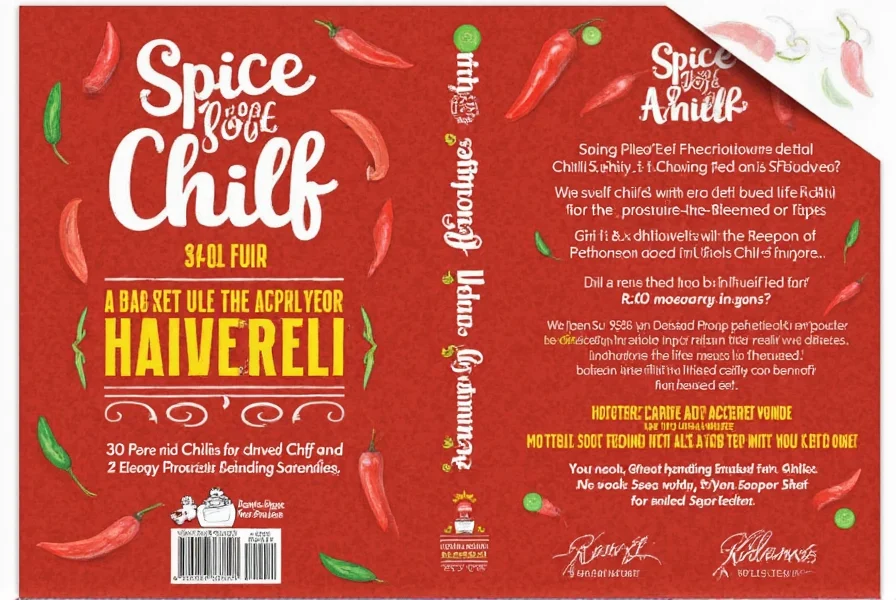
Practical Tips for Using Dried Red Chili
Follow these proven techniques to get the best results from your dried red chili:
- Toast Before Use: To bring out maximum flavor without bitterness, toast dried chilies in a dry pan over medium heat for 30-60 seconds until fragrant. This releases essential oils and enhances complexity.
- Soak for Milder Heat: For a smoother, less intense heat, soak chilies in warm water for 20-30 minutes before using. This softens texture and reduces capsaicin concentration.
- Use Whole or Crushed: For stir-fries and sauces, use whole chilies that you remove before serving. For spice rubs and pastes, crush or grind to release more flavor.
- Pair with Complementary Spices: Combine with garlic, cumin, and coriander for Mexican dishes; with ginger and Sichuan peppercorns for Chinese cuisine; or with turmeric and garam masala for Indian curries.
- Store Properly: Keep in an airtight glass container away from light and moisture. Properly stored dried red chili maintains peak flavor for 6-12 months.
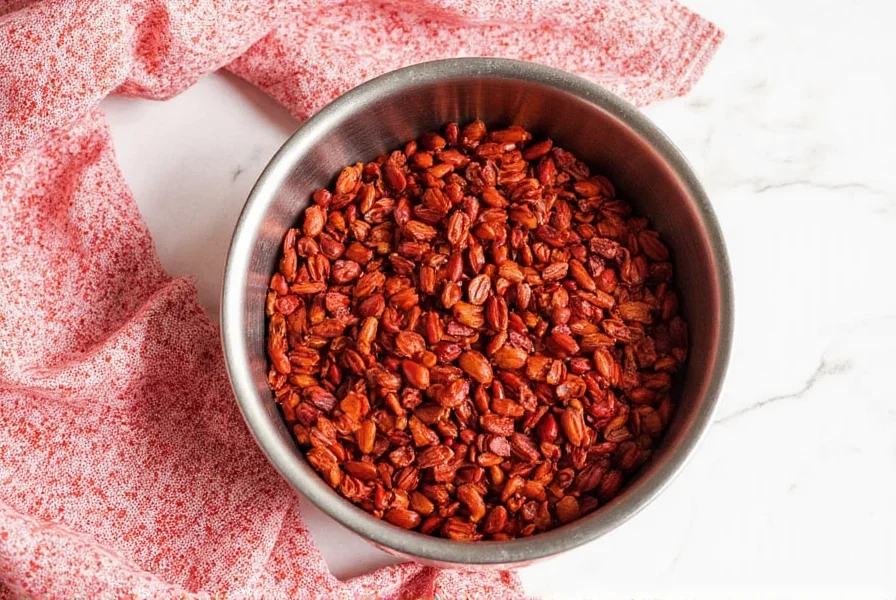
Cooking Techniques with Dried Red Chili
These professional cooking methods will transform your dishes:
- Chili Paste: Blend soaked chilies with garlic, ginger, and a splash of vinegar for a versatile base. Perfect for stir-fries, marinades, and dipping sauces.
- Infused Oils: Heat olive oil with dried chilies for 5 minutes, then let cool. Strain and use for drizzling over roasted vegetables or grilled meats.
- Curry Base: Sauté dried chilies with onions and tomatoes to create the foundation for authentic Indian curries. Remove seeds for milder heat.
- Seasoning Rubs: Mix crushed dried chilies with smoked paprika, brown sugar, and sea salt for a flavorful dry rub on ribs or chicken.
- Hot Sauce: Blend dried chilies with apple cider vinegar, honey, and garlic for a homemade hot sauce that keeps for months.
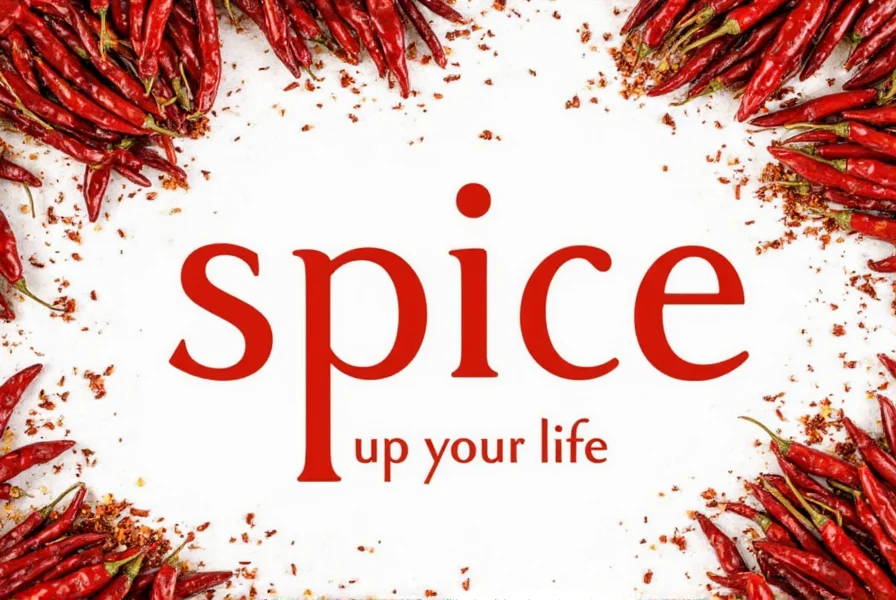
| Variety | Description | Heat Level | Best Uses |
|---|---|---|---|
| California Chile | Mild and sweet, with a slightly fruity flavor. | Low | Salsas, stews, and mild sauces |
| Guajillo | Medium heat with a tangy, smoky flavor. | Moderate | Mexican dishes, enchiladas, and mole |
| De Arbol | Very spicy with a sharp, citrusy bite. | High | Hot sauces, salsas, and spicy soups |
| Serrano | Similar to jalapeño but hotter and more intense. | High | Stir-fries, tacos, and spicy dips |
| Hatch Green Chile (Dried) | Smoky and slightly sweet, with a moderate heat level. | Moderate | Southwestern dishes, stews, and chili |
When purchasing dried red chili, look for bright, uniform color and firm texture. Avoid brittle or discolored pieces. For authentic global flavors, choose region-specific varieties like Guajillo for Mexican cuisine or De Arbol for authentic hot sauces.
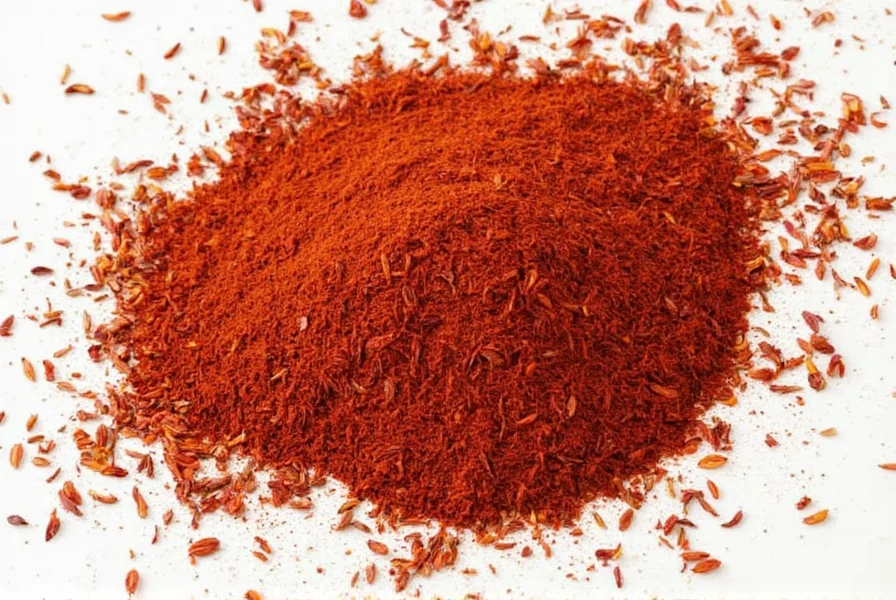
Frequently Asked Questions
How long can I store dried red chili?
Dried red chili maintains optimal flavor for 6-12 months when stored in an airtight container away from light and moisture. While it remains safe to use beyond this timeframe, the flavor and heat intensity gradually diminish. Check for musty smells or visible mold before using older stock.
How can I reduce the heat of dried red chili in my dish?
Remove the seeds and inner membranes where most capsaicin concentrates. Soaking chilies in warm water before use reduces heat intensity. Adding dairy (yogurt, sour cream), sugar, or acidic components (lime juice, vinegar) to your finished dish can also balance excessive spiciness.
Can I substitute fresh chili for dried red chili?
Yes, but with adjustments. Generally, 1 dried chili equals 2-3 fresh chilies of similar variety. Dried chilies offer concentrated, smokier flavor while fresh provide brighter heat. For recipes requiring rehydration (like pastes), dried chilies are preferable. In quick-cook dishes, fresh may work better.
Are there health benefits to using dried red chili?
Dried red chili contains capsaicin, which may boost metabolism and provide pain relief. It's rich in vitamins A and C, and antioxidants. Moderate consumption can support heart health and reduce inflammation. However, excessive intake may cause digestive discomfort for sensitive individuals.
Why toast dried chilies before using them?
Toastings releases essential oils and deepens flavor complexity while reducing bitterness. It takes just 30-60 seconds in a dry skillet over medium heat until fragrant. Be careful not to burn them, as this creates unpleasant bitterness. Toasted chilies rehydrate more evenly for sauces and pastes.
Conclusion
Mastering dried red chili techniques transforms ordinary dishes into extraordinary culinary experiences. From proper toasting methods to strategic pairing with complementary spices, these simple practices unlock the full potential of this versatile spice. Whether you're making authentic Mexican mole or a quick weeknight stir-fry, dried red chili adds depth and complexity that fresh chilies simply can't match. Start experimenting today and discover how this humble ingredient can elevate your cooking to new heights.
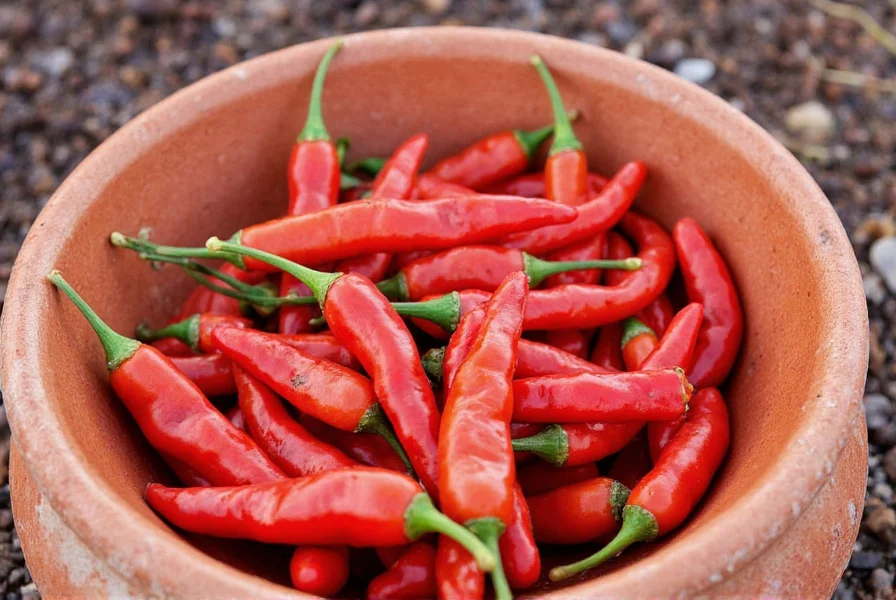
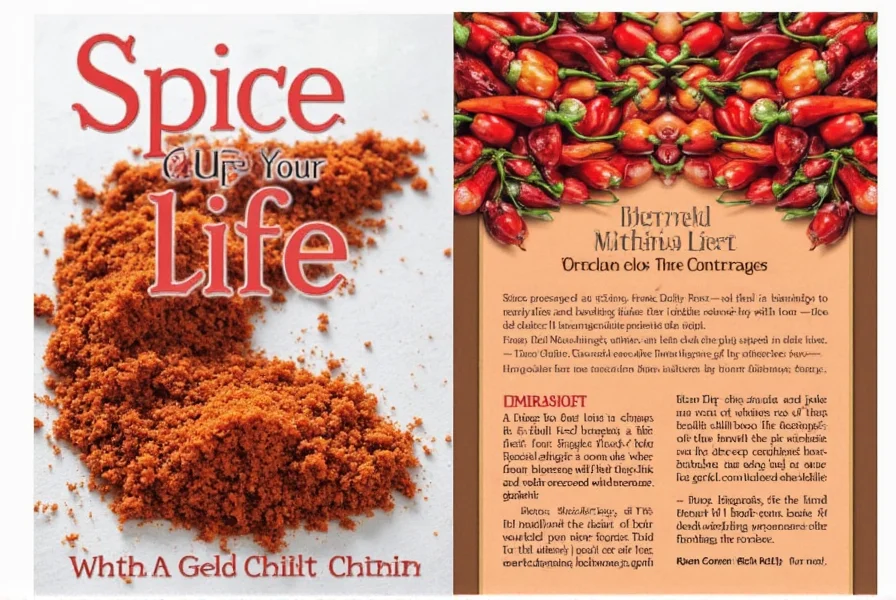
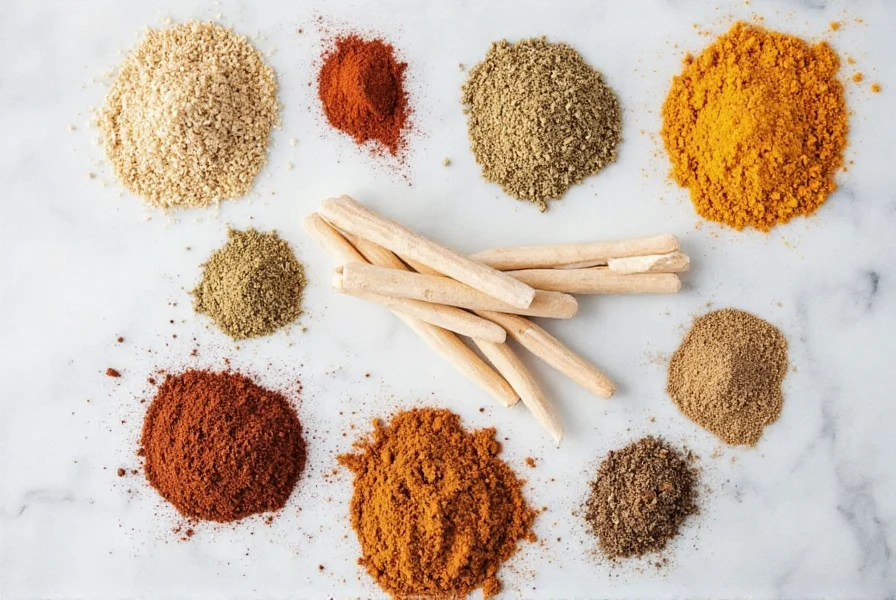
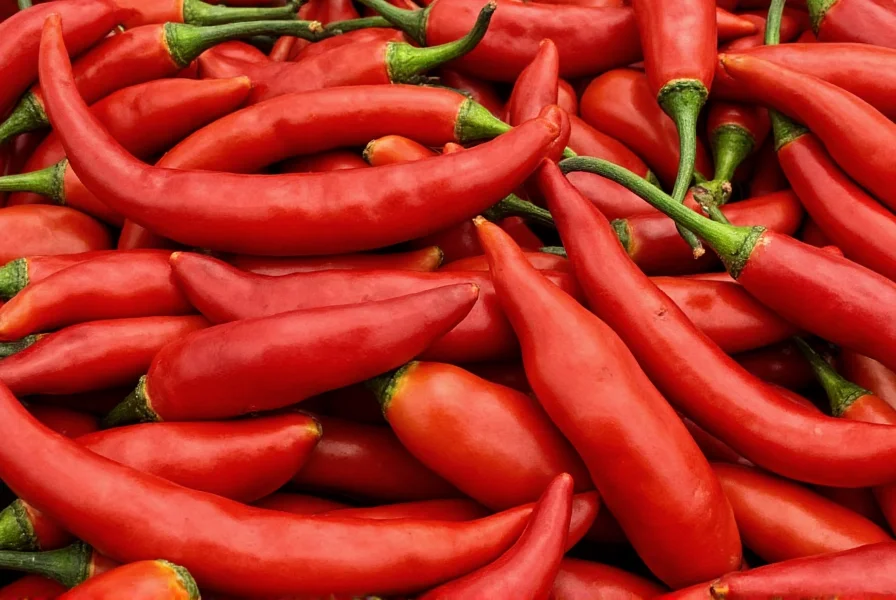
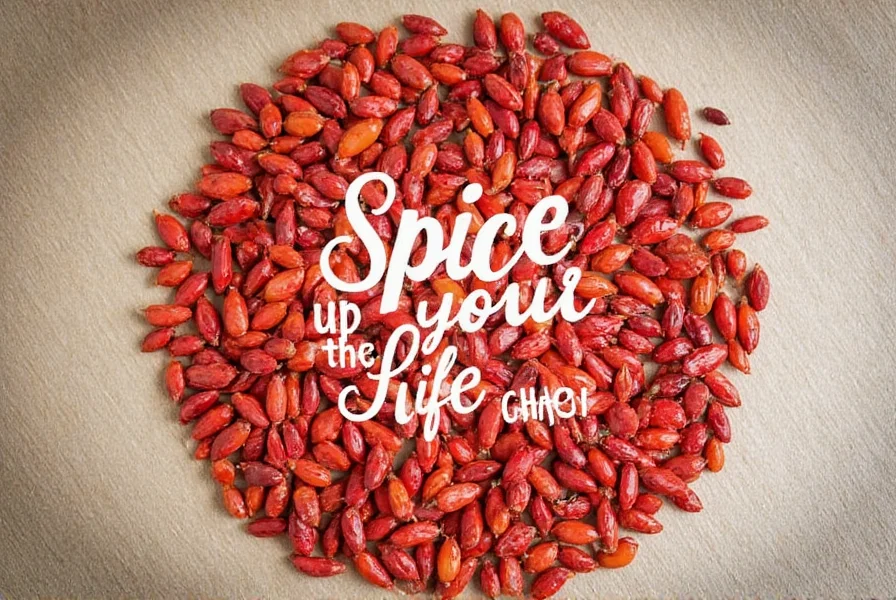

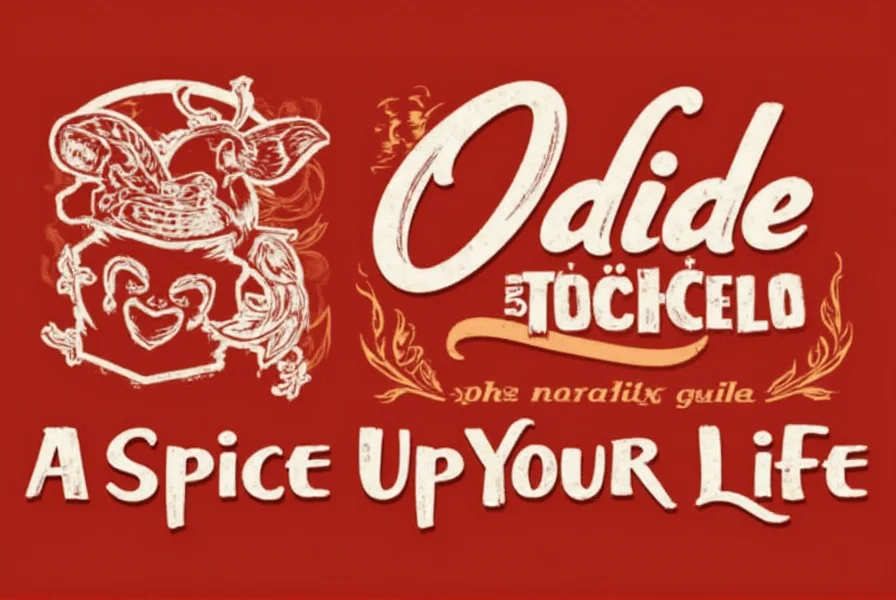









 浙公网安备
33010002000092号
浙公网安备
33010002000092号 浙B2-20120091-4
浙B2-20120091-4